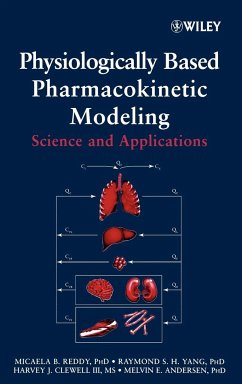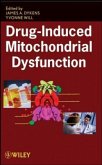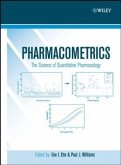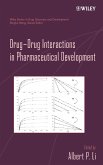A definitive, single source of information on PBPK modeling
Physiologically-based pharmacokinetic (PBPK) modeling is becoming increasingly important in human health risk assessments and in supporting pharmacodynamic modeling for toxic responses. Organized by classes of compounds and modeling purposes so users can quickly access information, this is the first comprehensive reference of its kind.
This book presents an overview of the underlying principles of PBPK model development. Then it provides a compendium of PBPK modeling information, including historical development, specific modeling challenges, and current practices for:
_ Halogenated Alkanes
_ Halogenated Alkenes
_ Alkene and Aromatic Compounds
_ Reactive Vapors in the Nasal Cavity
_ Alkanes, Oxyhydrocarbons, and Related Compounds
_ Pesticides and Persistent Organic Pollutants
_ Dioxin and Related Compounds
_ Metals and Inorganic Compounds
_ Drugs
_ Antineoplastic Agents
_ Perinatal Transfer
_ Mixtures
_ Dermal Exposure Models
In addition to pinpointing specific information, readers can explore diverse modeling techniques and applications. An authoritative reference for toxicologists, ecotoxicologists, risk assessors, regulators, pharmacologists, pharmacists, and graduate students in pharmacokinetics and toxicology, Physiologically-Based Pharmacokinetic Modeling compiles information from leaders in the field and discusses future directions for PBPK modeling.
Physiologically-based pharmacokinetic (PBPK) modeling is becoming increasingly important in human health risk assessments and in supporting pharmacodynamic modeling for toxic responses. Organized by classes of compounds and modeling purposes so users can quickly access information, this is the first comprehensive reference of its kind.
This book presents an overview of the underlying principles of PBPK model development. Then it provides a compendium of PBPK modeling information, including historical development, specific modeling challenges, and current practices for:
_ Halogenated Alkanes
_ Halogenated Alkenes
_ Alkene and Aromatic Compounds
_ Reactive Vapors in the Nasal Cavity
_ Alkanes, Oxyhydrocarbons, and Related Compounds
_ Pesticides and Persistent Organic Pollutants
_ Dioxin and Related Compounds
_ Metals and Inorganic Compounds
_ Drugs
_ Antineoplastic Agents
_ Perinatal Transfer
_ Mixtures
_ Dermal Exposure Models
In addition to pinpointing specific information, readers can explore diverse modeling techniques and applications. An authoritative reference for toxicologists, ecotoxicologists, risk assessors, regulators, pharmacologists, pharmacists, and graduate students in pharmacokinetics and toxicology, Physiologically-Based Pharmacokinetic Modeling compiles information from leaders in the field and discusses future directions for PBPK modeling.








